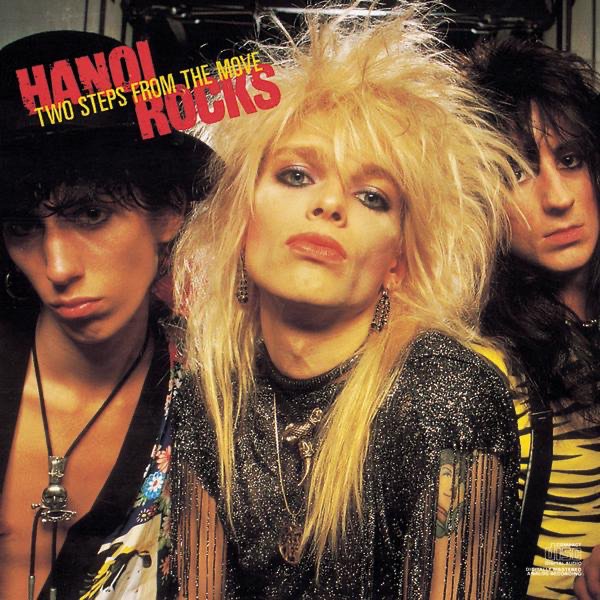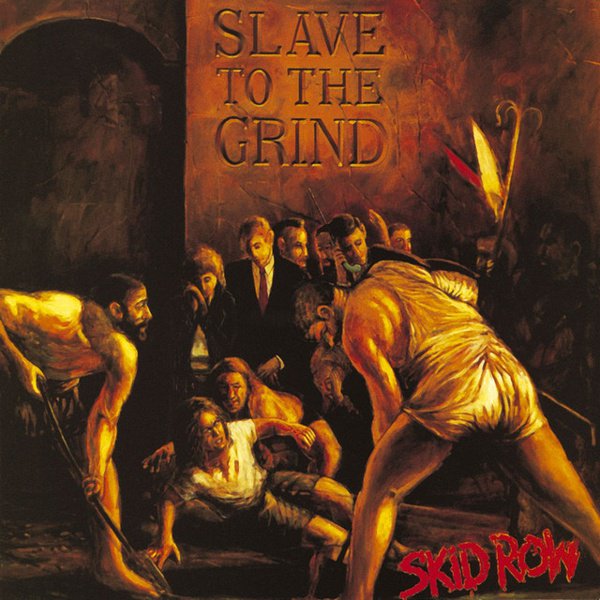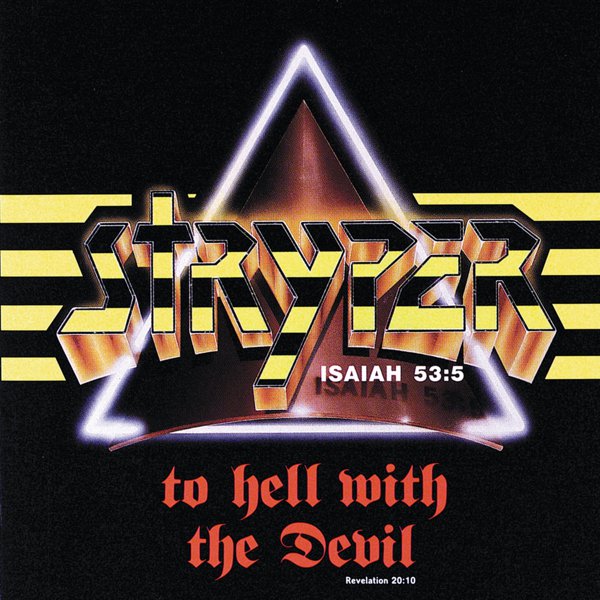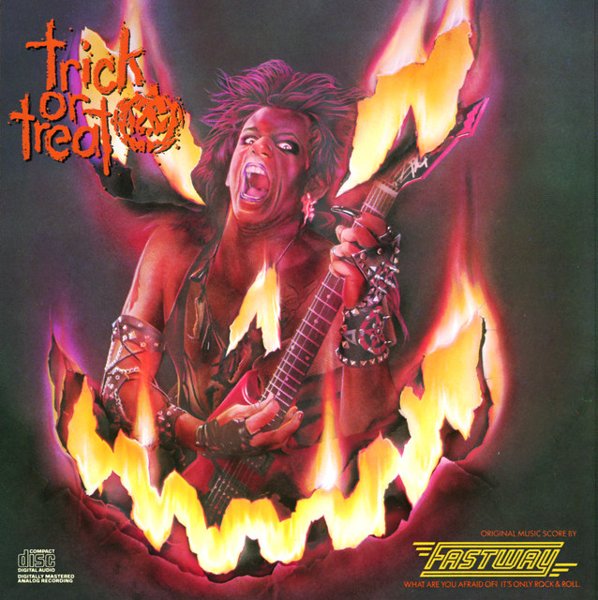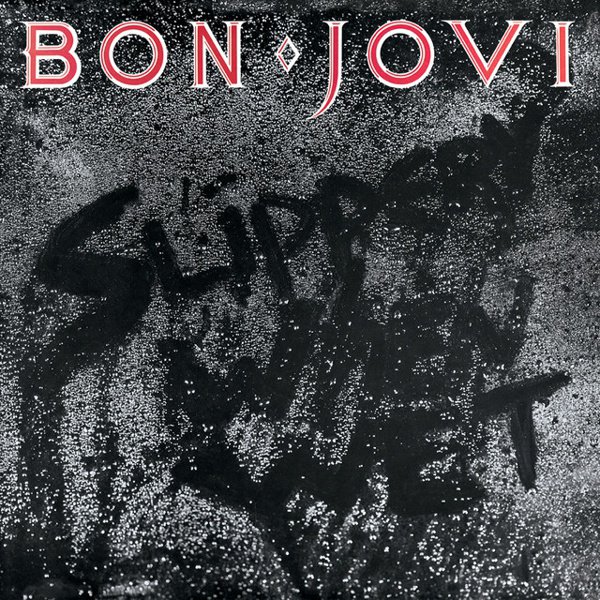Hair metal gets a bad rap, and while it certainly has a lot of reasons to be ashamed of itself, it’s hard to be the dominant musical mode of an entire decade without producing anything of merit. On the other hand, there’s nu-metal. Mistakes have been made. Still, genuinely worthy albums came out of that toxic cocktail of hairspray, hedonism, and misogynistic videos. When you throw enough talented musicians into the mix, magic happens.
The lineage for the genre alternately known as hair metal, glam metal, and pop metal is pretty straightforward: Yardbirds, Zeppelin, Aerosmith, New York Dolls, KISS, Van Halen. Van Halen were never quite hair metal (even with Sammy Hagar in front) but their classic debut really marked Ground Zero for the style. With Los Angeles as their home base, an over-the-top frontman with more character than pipes, a flashy guitarist, and songs about women and drugs and more women, they set the template in stone. That initial eruption triggered the flow of Sunset Strip wannabes.
The first wave in Van Halen’s wake hit in 1981 as Motley Crue, Dokken, and Kix all released their debuts. 1983 brought the big commercial breakthrough: Quiet Riot’s Metal Health, which hit number one on the Billboard charts on the strength of Slade cover “Cum On Feel the Noize.” After that, major labels started snapping up Hollywood hopefuls faster than Vince Neil could down a bottle of Jack Daniels. MTV’s burgeoning popularity helped immensely; the outrageous androgynous looks and stage shows of the metal masses fit the medium perfectly. The rising tide also helped lift some older boats: otherwise unaffiliated acts like Def Leppard, the Scorpions, Aerosmith, Kiss, and Alice Cooper got elevated/rejuvenated in the gold rush.
By 1986, however, the bands may as well have been Wham!, with Bon Jovi and Poison’s blue-collar and bubblegum gunk eclipsing their harder-edged predecessors. Appetite for Destruction, Guns ‘n’ Roses dirty bomb of a debut, tried to correct the course, but most of their followers learned the wrong lessons and went for “authentic” blues rock bullshit or increasingly wimpy power ballads that made Richard Marx seem like Megadeth. Even with some impressive efforts from latecomers like Love/Hate, Skid Row, and Warrant, watered-down nothings like Trixter and Nelson eventually led the whole scene to give a defeated sigh and lie down in front of Kurt Cobain’s steamroller. And that was that. The nineties dropkicked even the biggest acts into desperate obscurity. In the new millennium, well-timed reunions and VH1’s celebration of the scene allowed some of the survivors to embark on lucrative nostalgia tours, but despite repeated cries that the sound was coming back, spoiler alert: it didn’t.
A sordid history to be sure, but the music itself has its merits. There were a few reasons for the genre’s success. First, by leaning into the goofy looks and pop hooks, it made the genre accessible to a wider audience that may have been scared off by the demons and leather of genre progenitors like Black Sabbath or Judas Priest (and especially the darker side of the genre in the eighties, as exemplified by Metallica and Iron Maiden). Second, as much as it (unfortunately) objectified them, it also welcomed women into the club in a way that the previous generation of actual metal hadn’t. While a lot of the earlier stuff was aimed squarely at angry young working-class white men, these guys weren’t afraid to show their sensitive side – hence the enduring popularity of monster ballads like “Every Rose Has Its Thorn” and “November Rain.” Most importantly, it was just plain fun! Seventies metal bands and the New Wave of British Heavy Metal dealt with dark, serious subjects. These bands played party music. Everybody loves a party.





